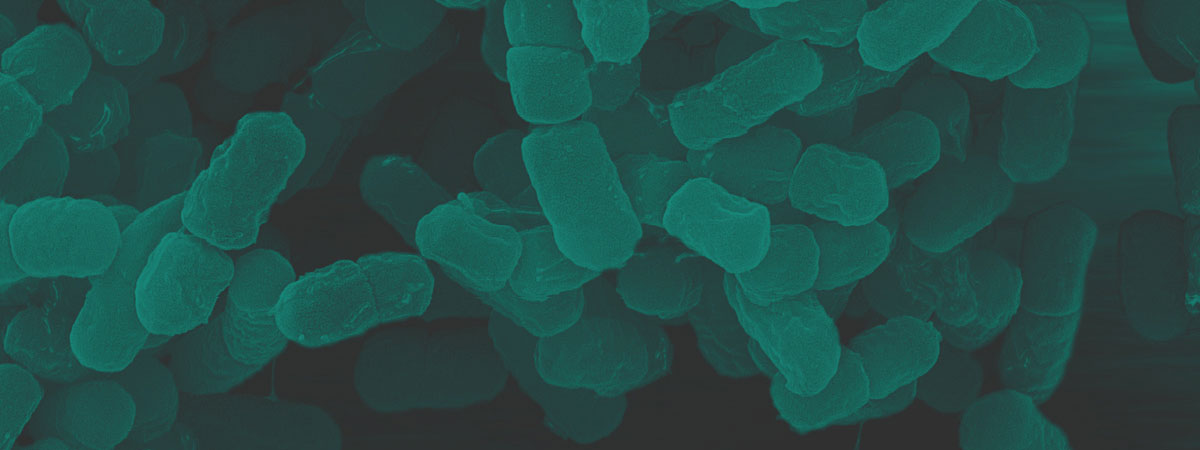Surface Engineering Technique for Polymeric Surface
Biofunctionalization of poly(ethylene terephthalate) (PET) is crucial to its medical and biomedical
applications such as surgical drapes, vascular grafts and ligament prostheses. To furnish PET with an alkynyl
handle, N-(2-methylbut-3-yn-2-yl)acrylamide (MBAA) underwent photo-initiated copolymerization with
N,N-methylenebisacrylamide (MBA) in methanol-swollen PET surface to form a 3-dimensional interpenetrating network
(IPN). The alkynyl handle terminated surface was denoted as PMBAA-PET. A region-selective modification could be
achieved using an engraved mask during the photo-initiated copolymerization.
We previously reported that covalently joining an amide-based N-chloramine with a quaternary ammonium
compound (QAC) can yield a new composite biocide with faster inactivation of various bacteria. Importantly, the
composite biocide was found to reduce the risk for potential bacterial resistance associated with QAC. However,
similar to other N-chloramines and QACs, this high-performance composite biocide becomes less potent against
pathogenic bacteria in the presence of high protein fluids. In this study, we substituted the amide-based
N-chloramine moiety in the previously reported composite biocide with a secondary amine-based N-chloramine to
improve the biocidal efficacy in biological fluids. The N–Cl bond in the synthesized tetramethylpiperidine-based
composite biocides is more stable in a high protein medium (HPM) than that in the hydantoin (amide)-based composite
biocides. The composite biocide,
2-[4-(1-chloro-2,2,6,6-tetramethyl-piperidin-4-yloxymethyl)-[1,2,3]triazol-1-yl]-ethyl-dodecyl-dimethyl-ammonium
chloride (6a), showed the best antibacterial activity in both phosphate-buffered saline and HPM among various
composite biocides and benzyldodecyldimethylammonium chloride used in this study.


